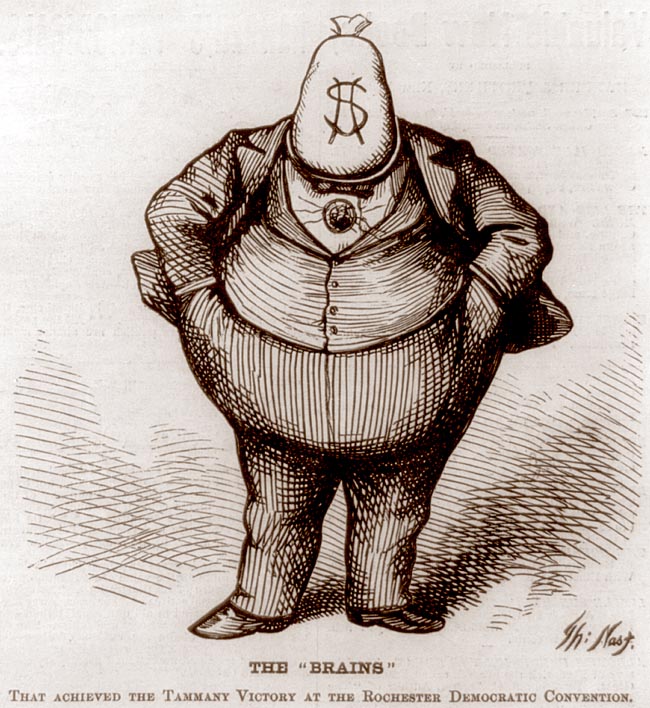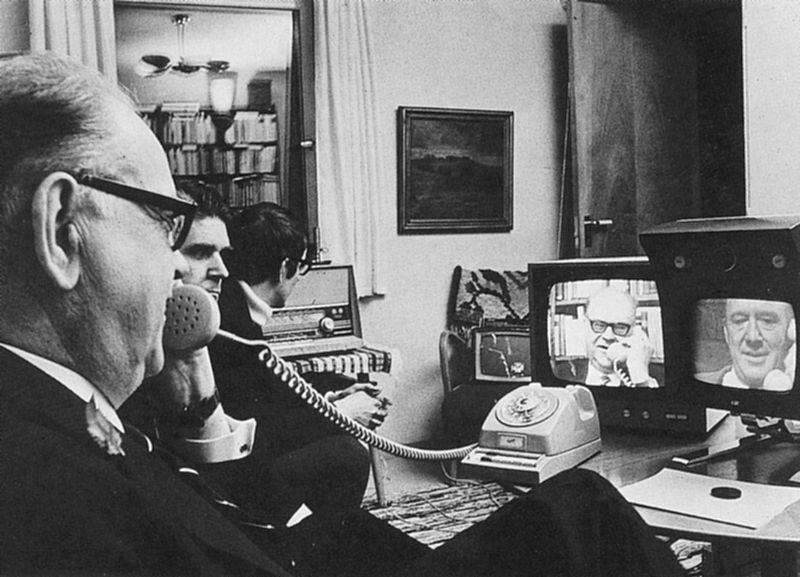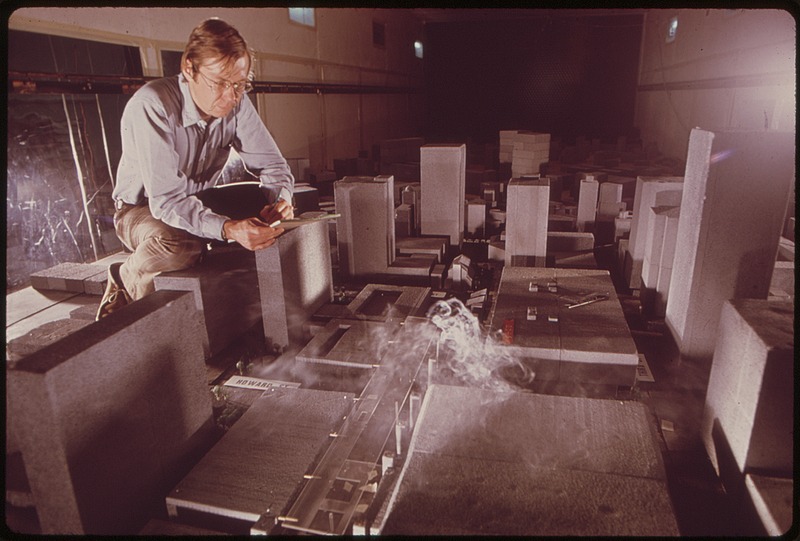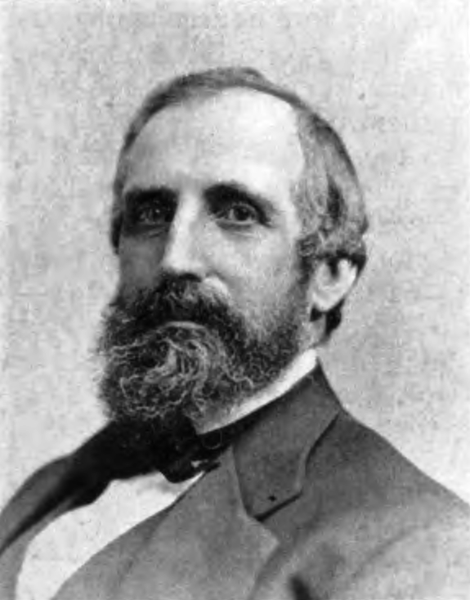
“I obeyed a sudden impulse and taking my knife severed the left ear of the cadaver”
Keeping a severed human ear in your vest pocket and showing it off to your family and friends was just fine a century ago, provided you didn’t throw the ear in a gutter outside of a Baptist church. From the November 27, 1900 Brooklyn Daily Eagle:
“The mystery surrounding the finding of a human ear on the east side of Marcy Avenue, between Madison Street and Putnam Avenue, and almost in the front of the Marcy Avenue Baptist Church on Sunday, has been solved. The ear was cut from a cadaver in the dissecting room of the Cornell Medical College, corner of First Avenue and Twenty-eighth street, Manhattan, by Carol Nichols, a student of that college, some days ago. After carrying the grewsome little human fragment in his vest pocket as sort of a souvenir of his anatomical researches, he exhibited the severed ear to a number of his boy friends in the Sunday school of the Marcy Avenue Baptist Church on Sunday and then cast it away in the street when he left the church in the late afternoon.
Carol Nichols is 19 years old. He is a son of Dr. George Nichols of 306 Monroe Street, Brooklyn, and is prominent in church work at the Marcy Avenue Baptist Church. This is his first year in the Cornell Medical College. Young Nichols is worried over the publicity given to the finding of the human ear which he cut from the head of the corpse of a young girl which he was dissecting in the college.
The ear is still at the Coroner’s office in the Borough Hall and the authorities are puzzled as to what disposition will be made of it. Now that the mystery has been elucidated it is probable that the fragment will be disposed of.
 When seen to-day at the Cornell Medical College and asked about the ear, Nichols was at first reluctant to tell what he knew concerning the fragment. Finally, however, he admitted that the ear had been thrown into the street by him. He said:
When seen to-day at the Cornell Medical College and asked about the ear, Nichols was at first reluctant to tell what he knew concerning the fragment. Finally, however, he admitted that the ear had been thrown into the street by him. He said:
‘I was at work dissecting a body–that of a young woman–a few days ago. When I was about through with the work I obeyed a sudden impulse and taking my knife severed the left ear of the cadaver. The ear I treated with carbolic acid and then after I wrapped it up in a piece of oiled paper I put in my vest pocket, That night I took it home with me and showed it to my father and mother, afterward putting the ear back in my pocket again.
‘At Sunday school, I showed the ear to a number of my friends and classmates. They seemed to think it was funny I was carrying such a thing but didn’t seem at all timid when I showed it to them. When I left Sunday school and reached the street I decided I would get rid of the ear. I threw it into the street and the rain, which was falling fast at the time, washed the oiled paper away. I was surprised when I read in the paper an account of its discovery and thought that I would not say anything about it having been cut off and thrown away subsequently by me, because I did not want any publicity in the matter.
‘I have been afraid that there might be a law against throwing away a part of a human body in that way but I hope there will be nothing further said or done about the matter. The students very often carry home pieces of cadavers on which they are at work, sometimes to study them and then again merely to show them to their friends and have some fun with them.'”




























